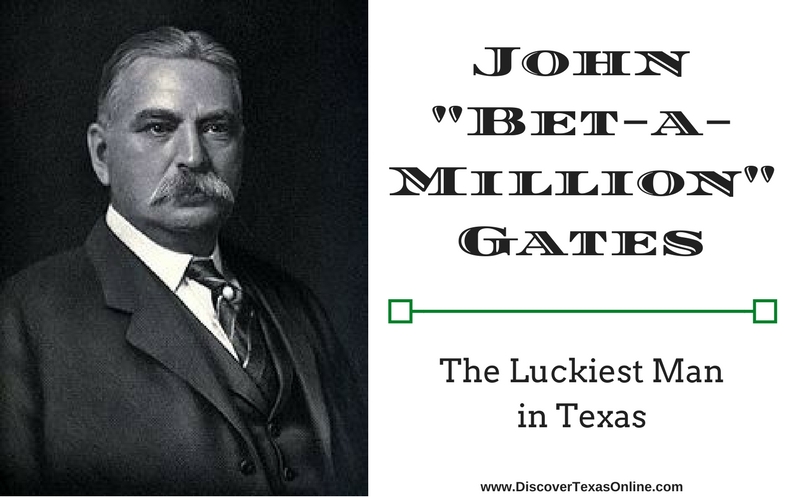
If you asked me to name the luckiest man in Texas, I’d put my money on John “Bet-a-Million” Gates, who was born on May 18, 1855.
John Gates was a mediocre hardware salesman who took a chance on a new job selling barbed wire (a new invention at the time) for the Washburn-Moen Company out of Illinois. He came to San Antonio in 1876, hoping to sell his barbed wire to Texas ranchers, but Texans were reluctant to believe the prickly strings of wire could contain their rough and hardy longhorn cattle. Whatever Gates was selling, they weren’t buying.

So Gates rented Military Plaza and asked permission to fence it with his new barbed wire. He advertised the demonstration as entertainment and offered $10 to anyone whose cattle could break through the fence. Ranchers came from far and wide to watch the spectacle. They put their orneriest bulls and their most skittish cows in John Gates’ makeshift barbed wire corral, hoping to win the money, but whoop and holler as they might, none of their 35-40 corralled cattle succeeded in breaking through the wire fence. Within 90 days Gates sold enough orders to keep the manufacturer busy for more than a year!
Gates went home and asked the Washburn-Moen Company to make him a partner, but they refused, so he quit his job and started his own barbed wire company, which became a great success. Soon he became owner or part owner of several wire and steel companies. Foreseeing a need for steel, Gates patented a steel production process and sold it to the United States Steel Corporation, America’s first billion-dollar manufacturer.
He invested in railroads to ship his products and built the 800-mile Kansas City and Southern railroad, connecting the heartland with ports on the Gulf of Mexico. Everything he did seemed to prosper.
He began to gamble–at poker, on the stock market, and at horse races–and here, too, his luck held out. At a horse race in England, he plunked down $70,000 to bet on a horse named Royal Flush with 5½-to-1 odds. Royal Flush won…and John Gates won $600,000! This was a great feat, but people began to exaggerate and make the story even grander. They said he’d bet a cool million dollars and won over $2 million. Their tall tales gave John “Bet-a-Million” Gates his nickname.
It doesn’t seem that he minded.
When Pattillo Higgins ran out of money while drilling for oil at Spindletop near Beaumont, Texas, he applied to Gates for financing. Gates agreed to use his fortune to back oil exploration and started the Texas Company. His risk paid off. On January 10, 1901, Spindletop blew sky high, showering oil on the Texas Piney Woods, and began gushing 100,000 barrels a day, making Gates an immensely wealthy man.
Gates had won again!
Understanding the significance of the boom that ushered in the Petroleum Age, Gates organized the Texas Oil Company (Texaco). He urged the building of refineries and pipelines and put $500,000 of his own money toward building the first oil pipeline to carry crude to the coast.
John Gates had a knack for business and for recognizing opportunities. He invested his money to make himself richer, but he also used it to enrich the lives of the people around him. He built new docks, a bank, an electric company, and a big hotel, and he donated $60,000 to build a business college in Port Arthur. He built a hospital and an orphanage, and after he died his wife continued to use his money to build a large library that grew into a university.
Come to think of it, I’m not sure John “Bet-a-Million” Gates was any luckier than any other man. He just knew how to pick a winning idea and work hard to make things happen. Then he invested wisely and helped other people get “luckier,” too!
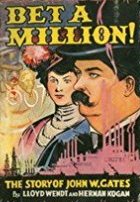
If you’d like to read more about John “Bet-a-Million” Gates, you might try to find an old library copy of Bet a Million!-The Story of John W. Gates by Lloyd Wendt and Herman Kogan. (If your library doesn’t have it, try making an inter-library loan request.)


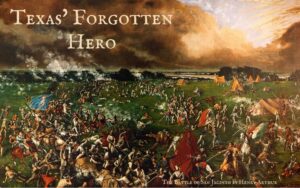
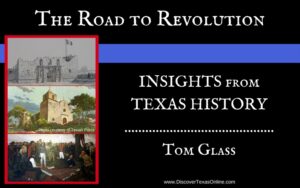
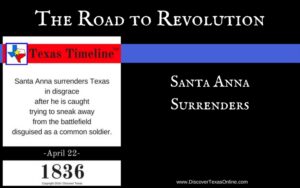
Linda Falcon Borel
I used that library while growing up in Port Arthur. It is/was? beautiful. So sad to see the city is in bad shape.